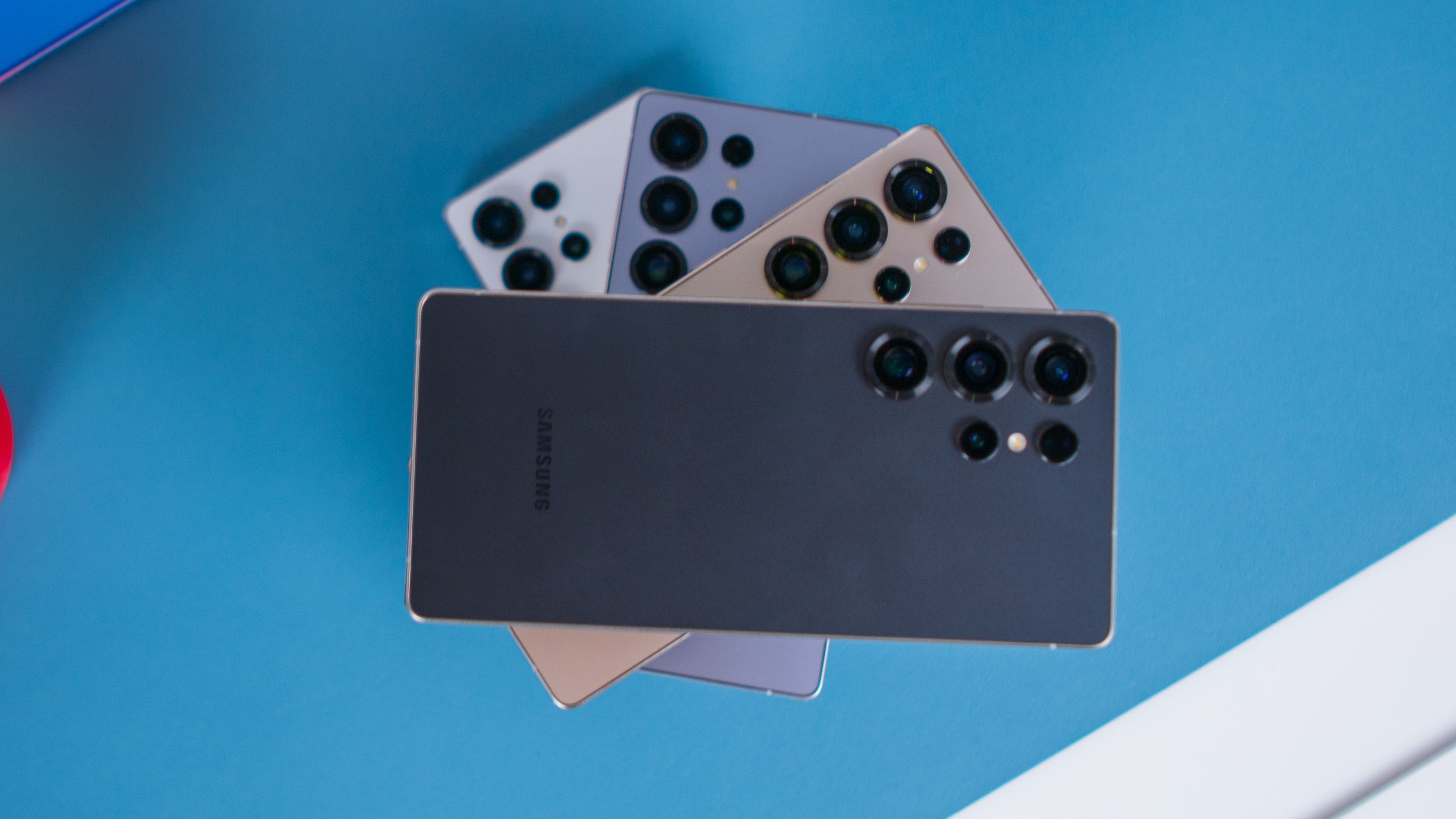5 reasons why your next phone shouldn't be a foldable
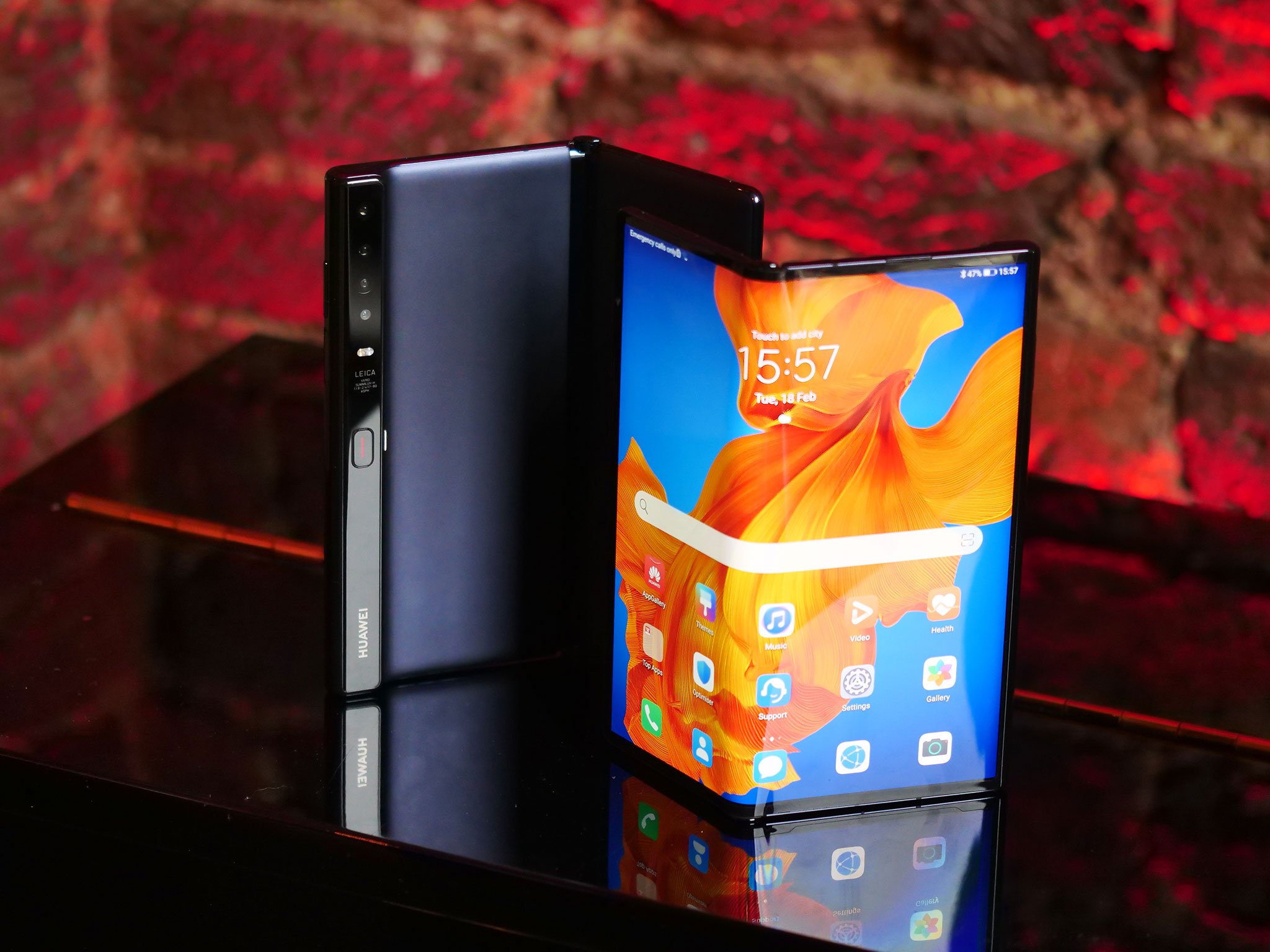
Foldable phones are exciting. Any time we get to watch smartphone technology take on a paradigm shift, it's compelling. But as usual, there's a difference between the technology debuting and it actually being put out into the mainstream for everyone (or even a majority of people) to invest in.
There are some really intriguing aspects of foldables that may make you consider one the next time you're due to upgrade your phone. But I'm here to explain why you should temper your expectations and delay buying a foldable for yet another cycle.
They're downright expensive
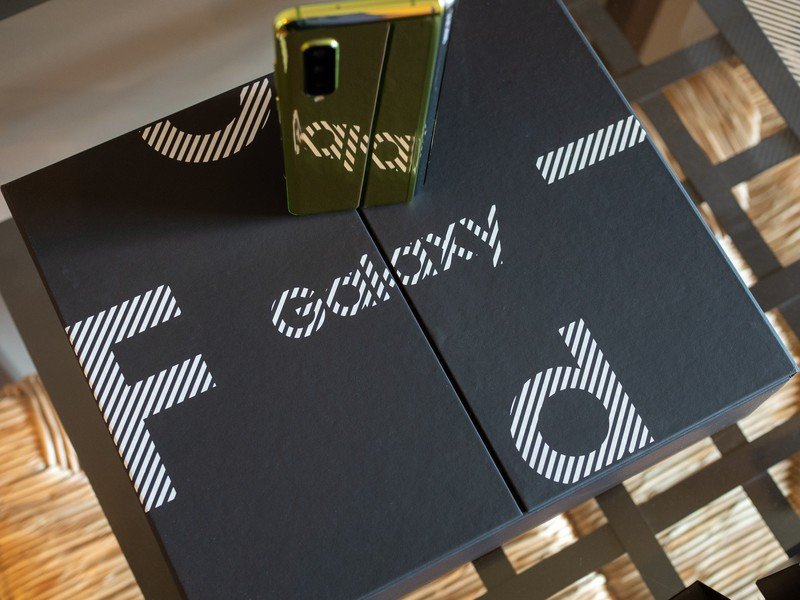
This is the biggest deal-breaker for most people who are initially interested in foldables. Just ... look at those price tags. The Galaxy Z Flip is $1380. The several-months-old Galaxy Fold is $1980. The Motorola RAZR is $1499. The Huawei Mate XS is €2499!
The price of foldables is the biggest thing that will turn people away before they even try one.
The prices of the current crop of foldables is the biggest thing that will turn people away from them before they even get their hands on one or consider it as their next phone. Of course other high-end phones that don't fold are also expensive — Samsung's own Galaxy S20 Ultra costs just as much as a Galaxy Z Flip. But in the world of "normal" phones, there are many less-expensive alternatives, and even in this new world of $1000+ flagship phones most people are still looking for something less expensive.
But it's not purely that they're too costly; it's more about the low value they provide for that money. The fact that these phones work with folding screens is really cool, but in order to deliver those screens at even these prices they have to cut back in many other areas.
Foldable screen tech isn't there yet
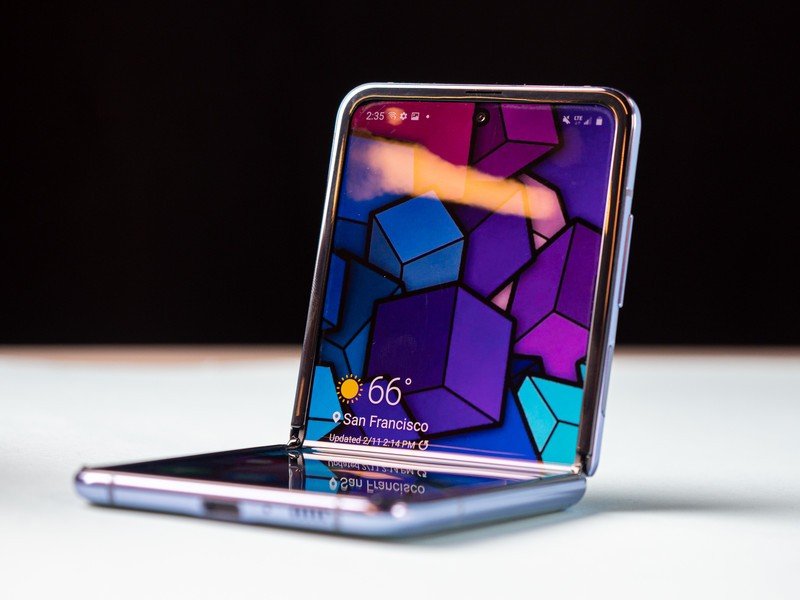
It's a marvel that foldable screen technology is even at the point where companies feel confident in putting it retail products that you can just go out and buy. This is something that was absolutely in the realm of concept devices a couple years ago, and now — provided you have the considerable amount of money required — you can just go buy a phone with a screen that can fold in half.
It's a marvel that foldable screen tech is even at the point where companies can sell them.
But at this point, these commercially available folding screens are what I'd consider a minimum viable product. They're good enough to ship, and can hold up to regular use fine, but they still have considerable downsides, shortcomings and caveats. Foldables have a screen covering that, by design, has to be soft and flexible — that means it's vulnerable to damage. And even though they aren't nearly as fragile as some people have made them out to be, there's no doubt they aren't as robust as other phones. We're all used to being able to use a phone, even without a screen protector, and not be constantly worried about damaging the screen.
Get the latest news from Android Central, your trusted companion in the world of Android
Even the Galaxy Z Flip's "Ultra Thin Glass" is a far cry from the Gorilla Glass we all enjoy on our phones — and it's the best of the bunch. The other foldables on the market use plastic screen coverings that are very soft, and watching them pick up small dents and imperfections from repeated folding is just part of the deal.
Choices are limited

There isn't much choice or variety in foldables right now — and that isn't going to change soon.
Much like there isn't really variety in the pricing across the foldable market ... there isn't much variety or choice in any sense right now. There are essentially just four foldable phones — Galaxy Z Flip, Galaxy Fold, Motorola RAZR, Mate XS — you can buy right now, and that's it. Two are clamshell foldables, and two are tablet-style foldables — and the Mate XS isn't available in the U.S. You also have limited options for seeing and trying these phones before choosing to buy them, as they're restricted to specific retail and carrier locations — and you may not be able to get more than one at the same place to compare.
There's reason for optimism in this respect, as we've seen several different companies show off foldable concepts and prototypes in the last year. But that doesn't necessarily mean we're going to see them hit the market in 2020. It's going to be a very long time before the foldables market is at all similar in diversity to the rest of the smartphone market.
Specs and features take a back seat
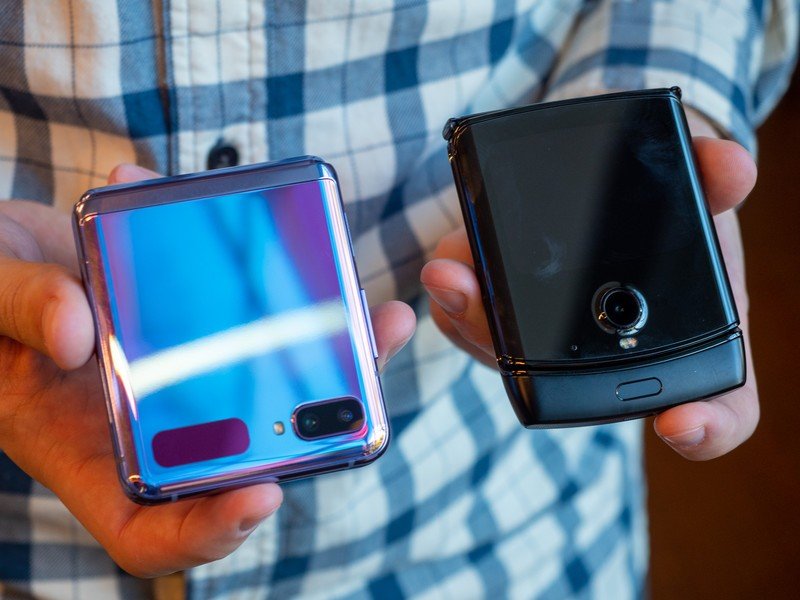
It's clear that right now foldables are going to come with compromises. That's clear to see when you start to look at the baseline specs and features on offer in these phones. Because they're expensive, foldables are often coming with some high-end specs — like processor, RAM and storage — where there are no trade-offs in the form factor, but other areas are hit harder.
Across the board we see reduced camera quality (or number of cameras), simpler single speakers, often smaller batteries, slower charging, and more. Much of that is due to the long development cycles for these devices that lead to older specs by the time the phones hit the market. But other shortcomings are inherent to foldables. None of these foldables are water resistant, which is something we all expect in a high-end phone — and chances are that isn't going to change, considering how complex these hinge mechanisms are and how difficult it would be to attempt to waterproof the openings.
Durability is a concern, and protection options are limited

Much like we've all become accustomed to our phone screens being incredibly durable, we've also steadily increased our expectations of phone durability. Yes phones are now almost universally made with glass backs rather than some of the more durable plastics of before, but we've also fully transitioned away from phones that have any moving parts and things that can just fail or wear out with regular use.
Foldables are inherently less durable, and we're not used to phones failing this often.
Foldables, by their nature of needing to fold, are going to be less durable. The hinge mechanisms are brilliantly designed, but still have a limited lifespan and are much more fragile than solid frames. And more importantly, the screen on top of that hinge is far more likely to fail in the course of regular use — even if no foreign objects make it under the screen, or nothing impacts the screen, just folding it tens (or hundreds) of thousands of times in years of use can cause it to fail. Thankfully the other parts of the phone underneath are just as durable as any other smartphone ... but if the hinge or screen fails, the rest doesn't matter.
And your options for protecting these foldables are limited compared to other phones. Cases are few and far between, and because of the folding mechanisms often don't give you complete protection for all sides of the phone. And in the case of the Mate XS, with the screen folding on the outside of the frame, there's little chance to protect it aside from putting the entire thing in some sort of a protective sleeve. There's also no option to place additional screen protectors on these foldables, as it interferes with the screen mechanism — that's something so many of us have come to rely on for some peace of mind.

Andrew was an Executive Editor, U.S. at Android Central between 2012 and 2020.
